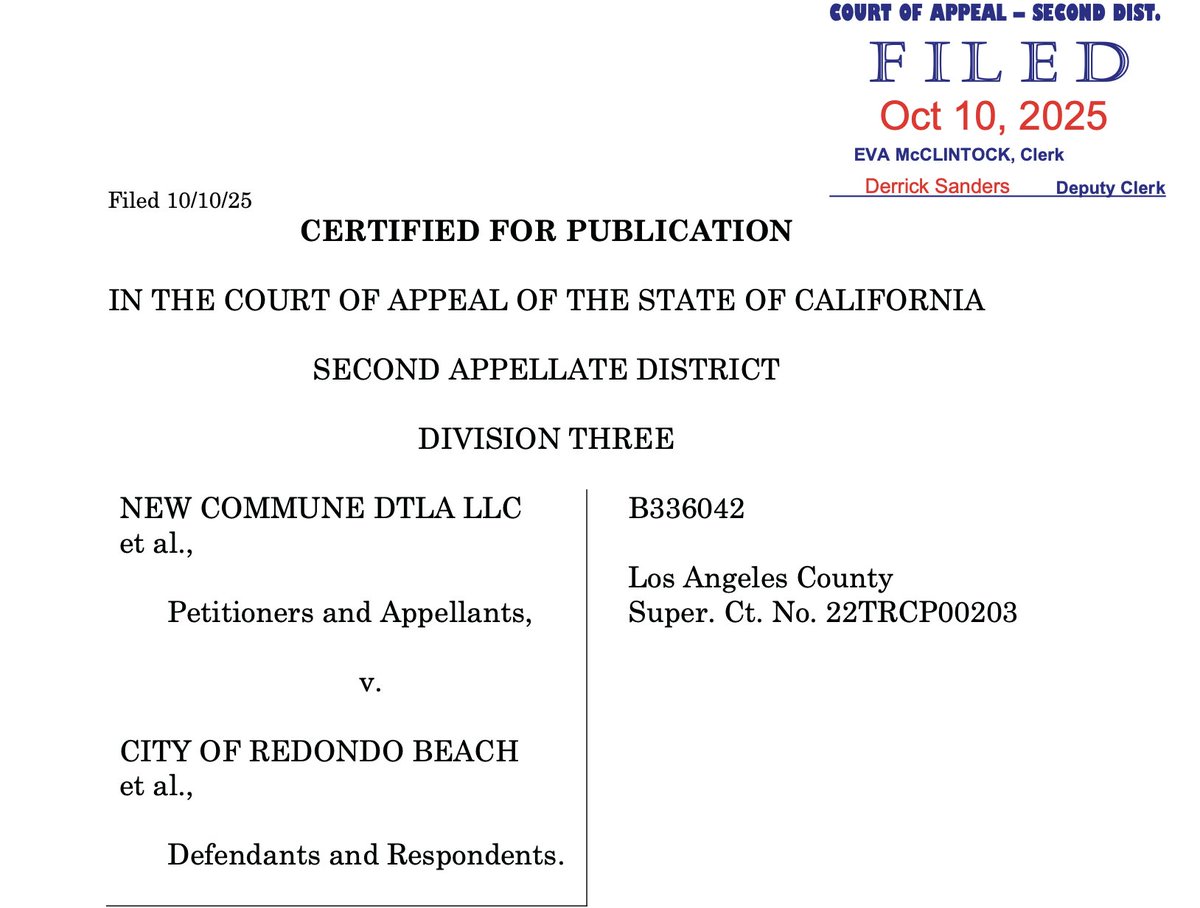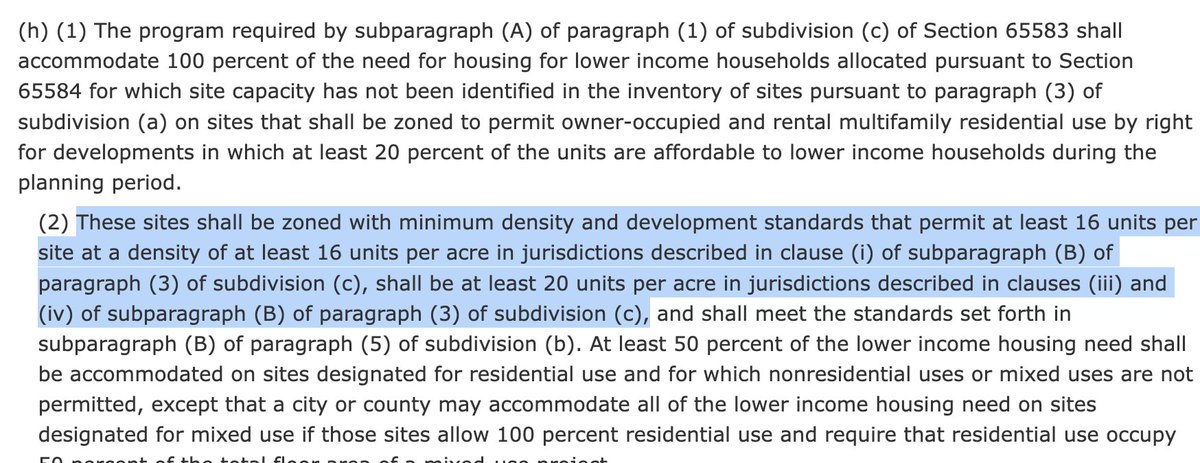I read the @CAForever Specific Plan. It's exciting!
Here's a 🧵w/ some highlights & questions.
1/23
Here's a 🧵w/ some highlights & questions.
1/23
https://twitter.com/jansramek/status/1978161081928572975
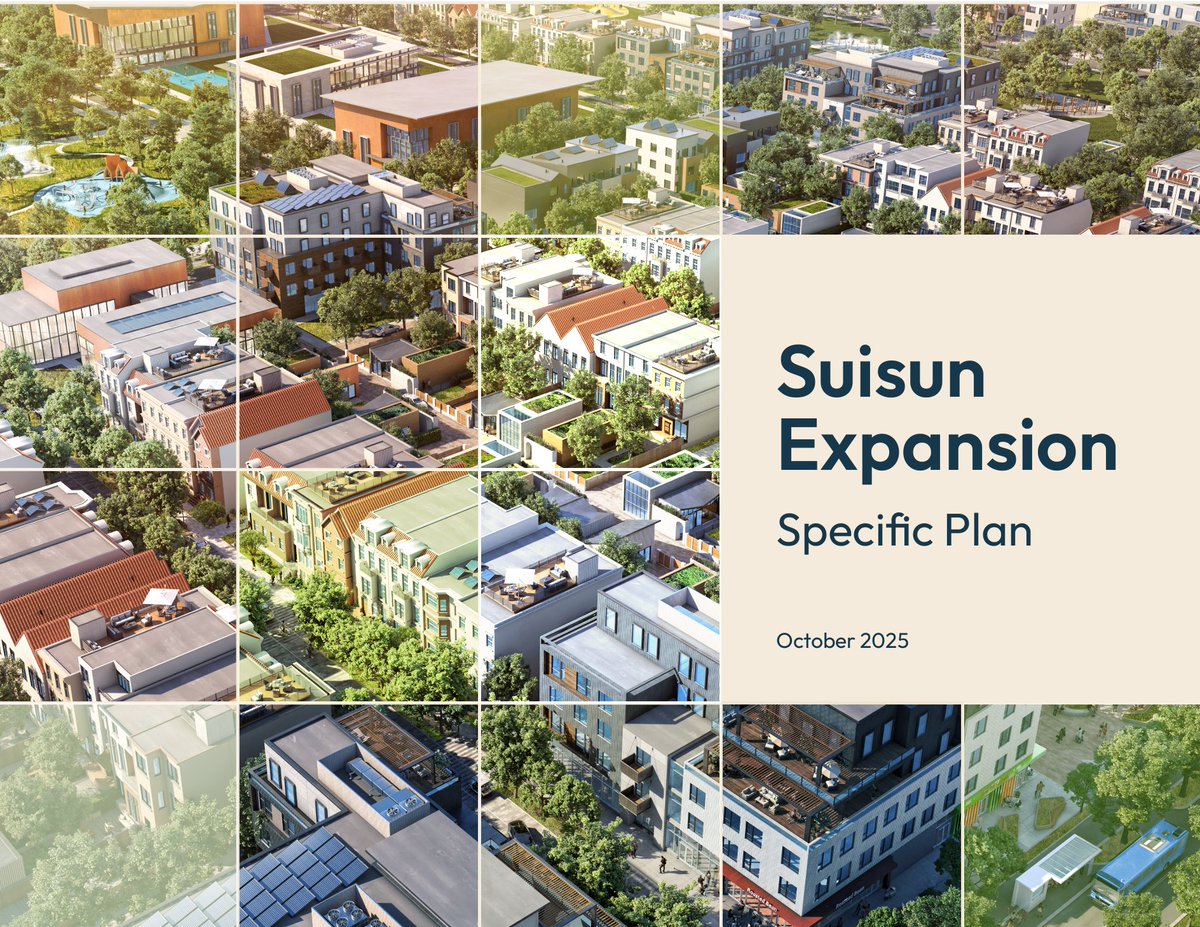
First off: the grid & internal transit plan is fantastic.
There's a bike/ped/greenway grid; a slow-car/bike/ped grid; and transit/faster-car grid.
What other city has a citywide grid of bus rapid transit, with BRT lines every 1/2 mile both north-south & east-west?
/2


There's a bike/ped/greenway grid; a slow-car/bike/ped grid; and transit/faster-car grid.
What other city has a citywide grid of bus rapid transit, with BRT lines every 1/2 mile both north-south & east-west?
/2

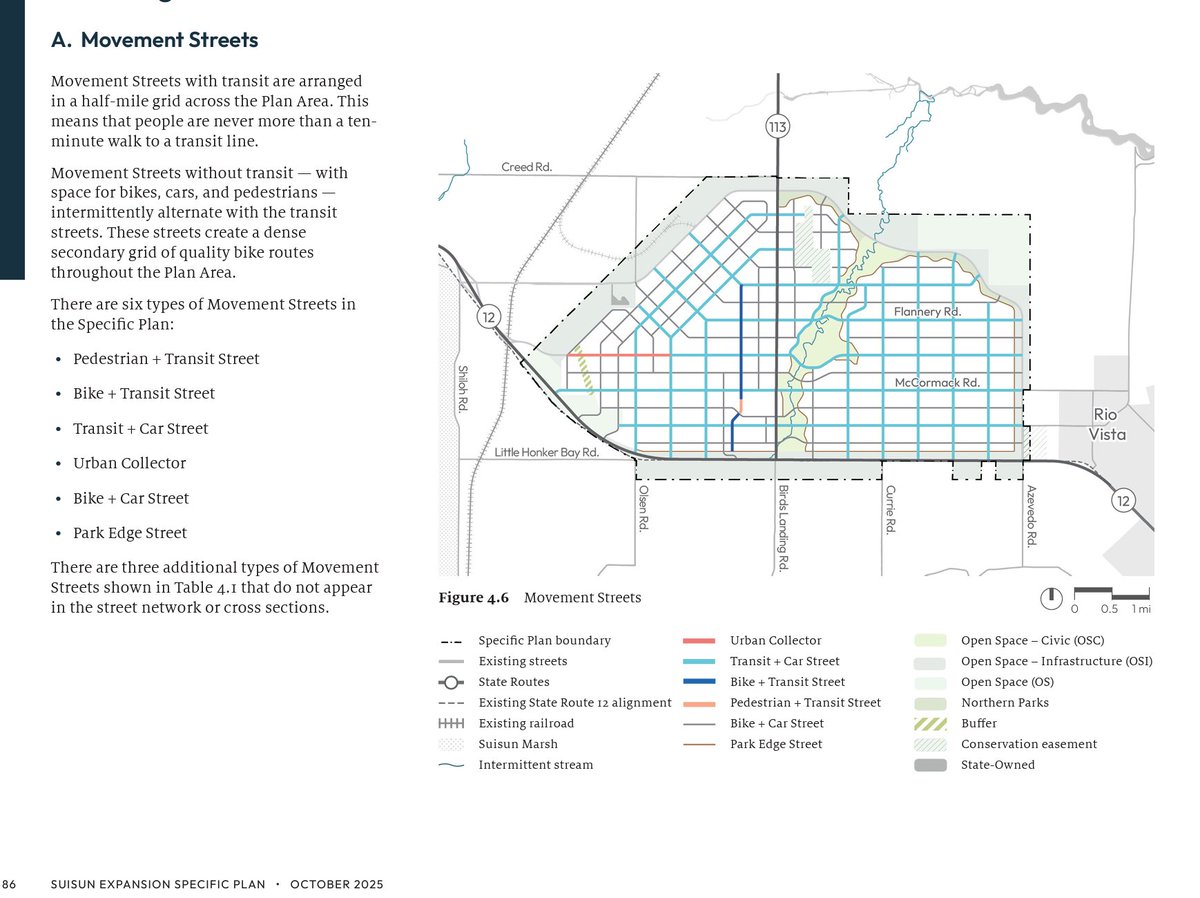

Parking:
- Street and public-garage parking will be variable-rate metered 24/7 from the get-go.
- Residents may rent a monthly spot in a public garage.
- No parking minimums for residential projects.
/3

- Street and public-garage parking will be variable-rate metered 24/7 from the get-go.
- Residents may rent a monthly spot in a public garage.
- No parking minimums for residential projects.
/3
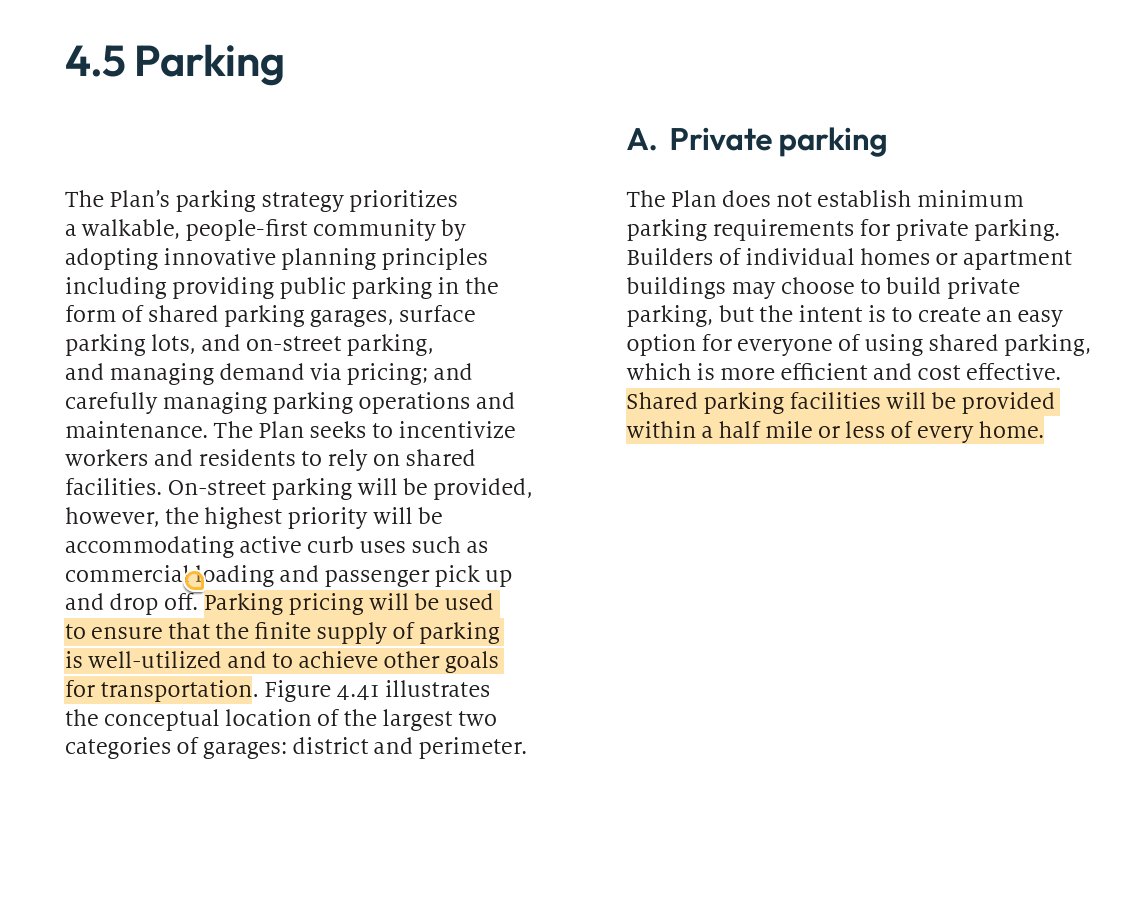
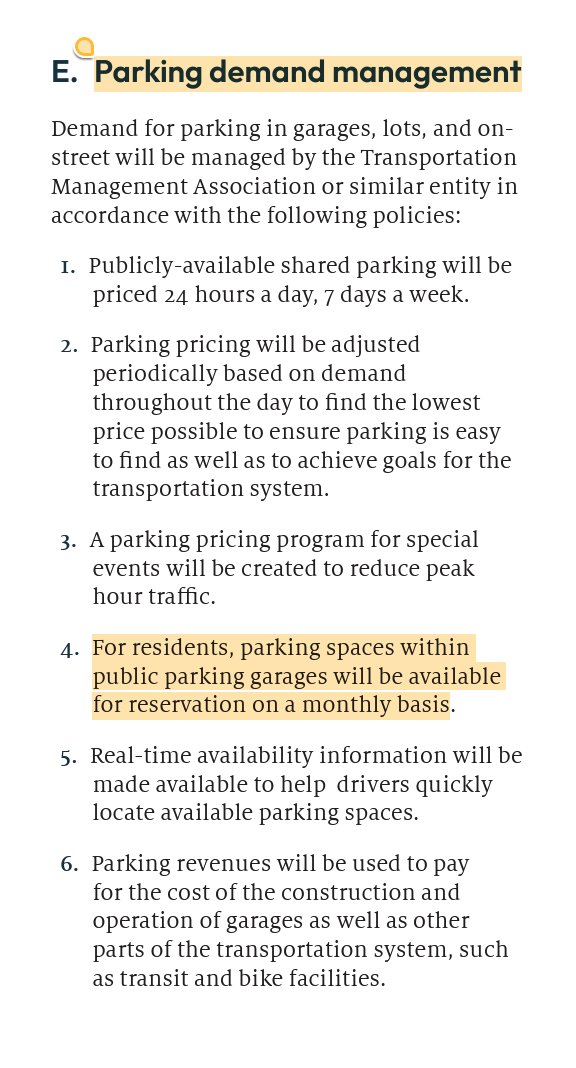
The lowest-density neighborhoods will be platted for row houses & flats, w/ lots 16' - 25' wide x 120' deep and a rear alley for parking access and trash.
Lots can also be split front-to-back.
The most restrictive height limit is 5 stories / 85'.
Like SB 79 everywhere!
/4


Lots can also be split front-to-back.
The most restrictive height limit is 5 stories / 85'.
Like SB 79 everywhere!
/4
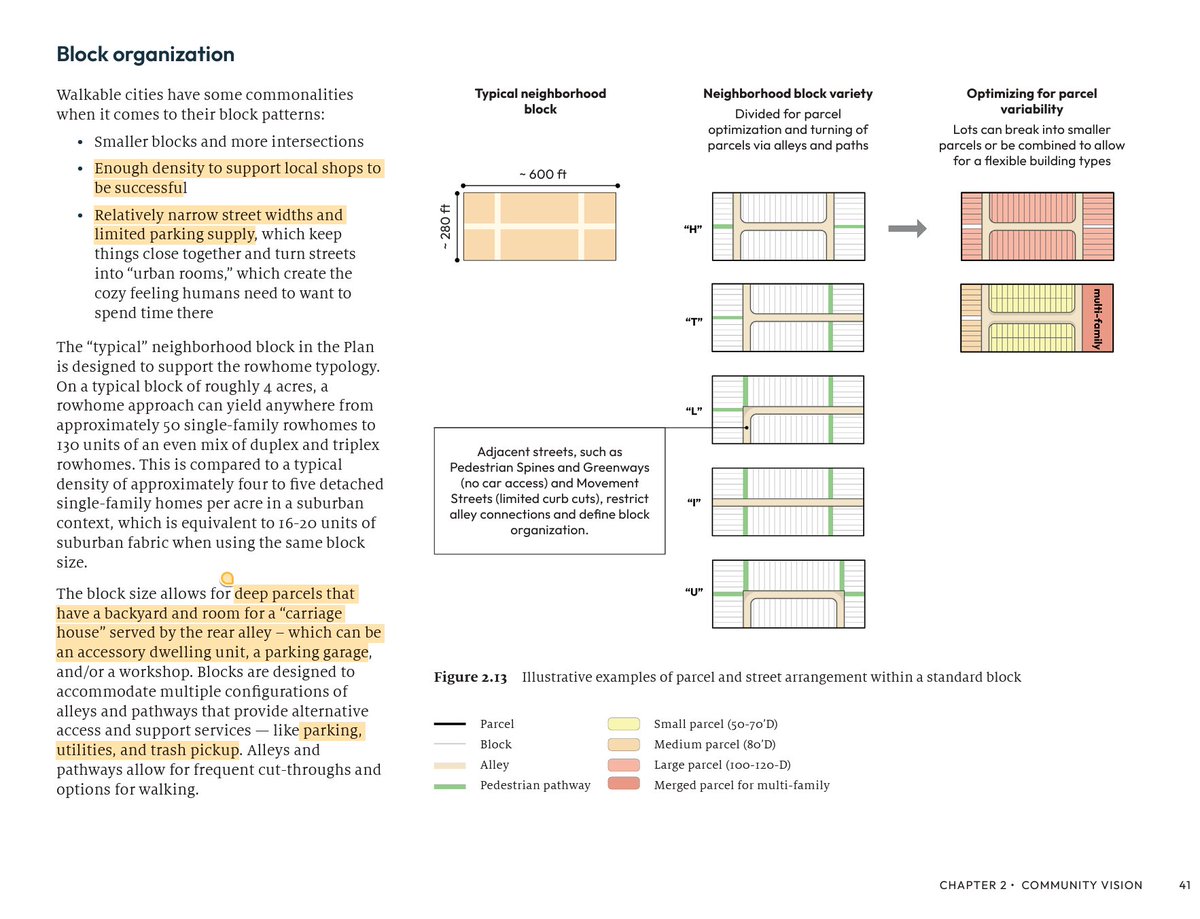
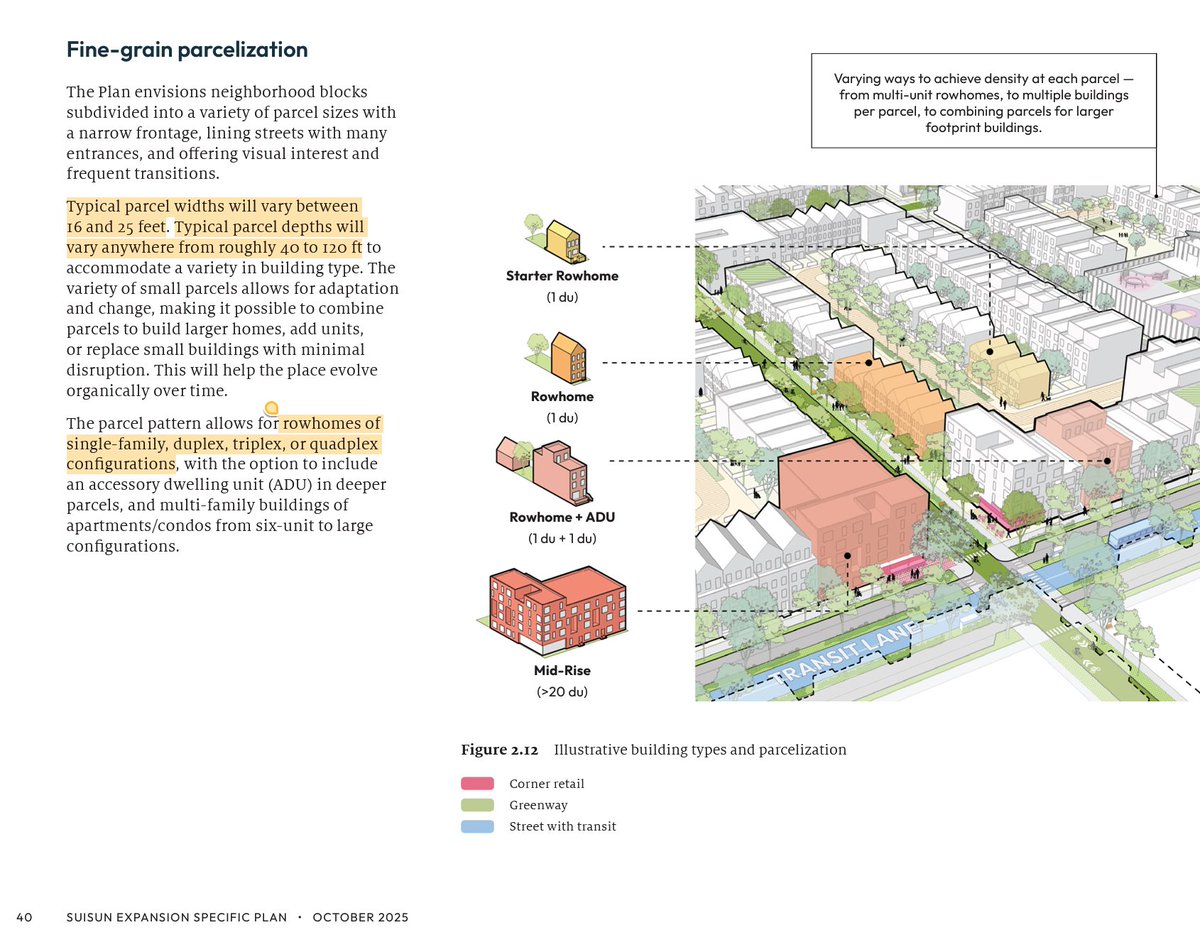
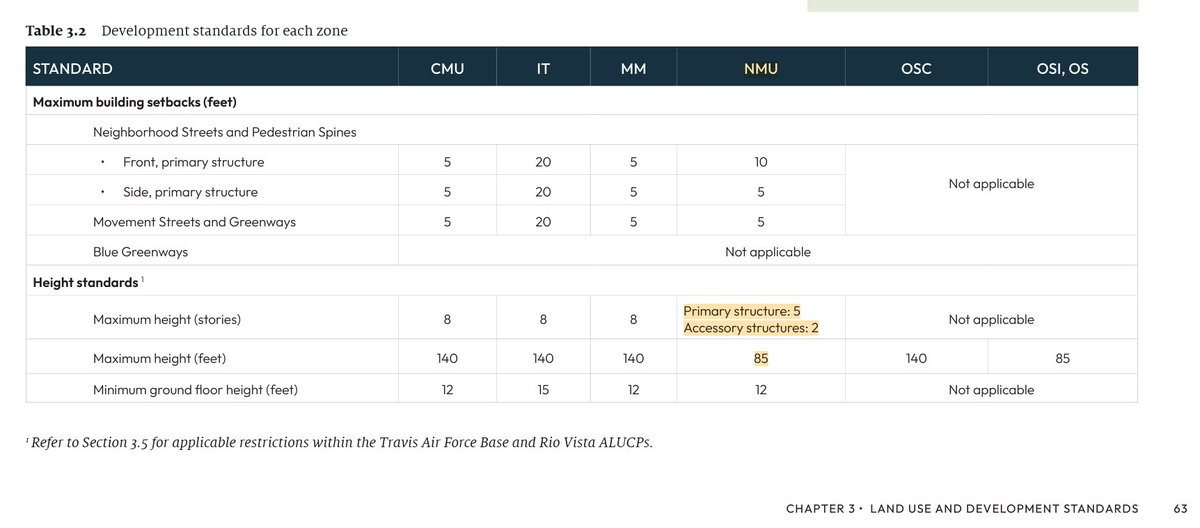
The code sets maximum rather than minimum setbacks: 5' side on the sides, 10' in front.
Retail uses are allowed in all zones except industrial.
/5

Retail uses are allowed in all zones except industrial.
/5

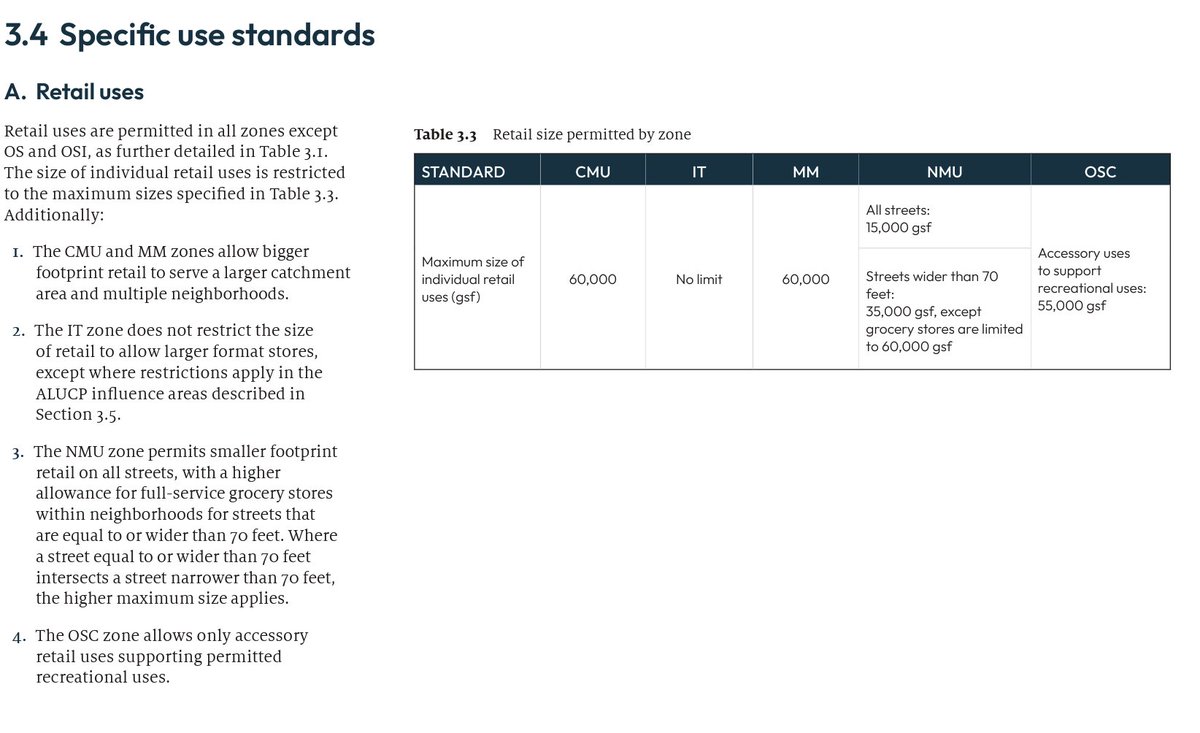
Now to my questions / concerns:
Concern #1: How to spin up the initial density needed to support the restaurants, theaters, shops, jobs, and transit that in turn make people prefer a small home or flat in the urban core over a big home w/ big yard further away?
/6
Concern #1: How to spin up the initial density needed to support the restaurants, theaters, shops, jobs, and transit that in turn make people prefer a small home or flat in the urban core over a big home w/ big yard further away?
/6
The plan leans into a "homeownership first" model, with lots developed by hundreds of independent builders. It aim create the diversity and interest of an older city's neighborhoods, not the homogeneity of new master-planned communities.
/7
/7
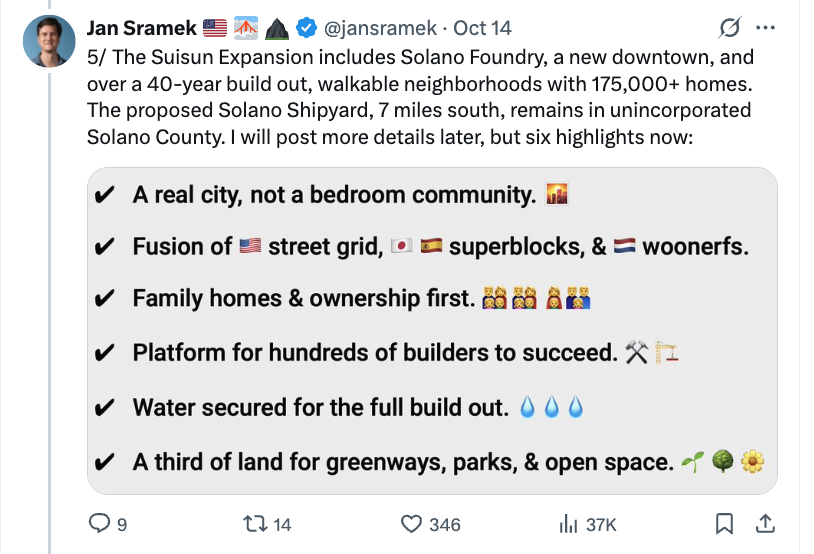
But I worry that if lots are just platted & sold, they'll be snapped up by developers who'll merge lots to build large suburban single-family homes in what's now a Nowheresville.
If the initial density doesn't support n'hood retail, transit, etc, the flywheel won't spin.
/8
If the initial density doesn't support n'hood retail, transit, etc, the flywheel won't spin.
/8
Possible solutions:
- Impose binding minimum density standards on a per-building basis.
The Plan states a minimum density of 30 du/acre, but it's not clear if that's meant to be binding on discrete building projects, as opposed to a citywide aspiration.
/9
- Impose binding minimum density standards on a per-building basis.
The Plan states a minimum density of 30 du/acre, but it's not clear if that's meant to be binding on discrete building projects, as opposed to a citywide aspiration.
/9
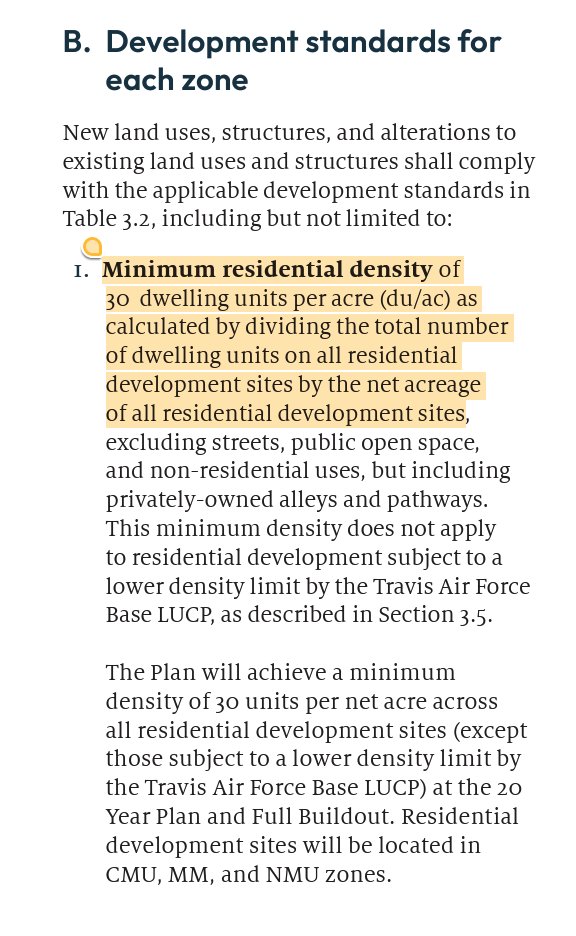
- Impose design standards that preclude conventional SFHs. E.g., no front garage.
- Instead of selling the lots, @CAForever could contract w/ a mix of builders to develop row homes, then rent out the units initially s/t option to purchase.
/10
- Instead of selling the lots, @CAForever could contract w/ a mix of builders to develop row homes, then rent out the units initially s/t option to purchase.
/10
- @CAForever could make coordinated, big-bang investments in office, industrial, and apartment development, attracting a huge number of "seed" firms and workers concurrently.
Given the principals' ties to the tech world, @CAForever *might* be able to pull this off.
/11
Given the principals' ties to the tech world, @CAForever *might* be able to pull this off.
/11
Concern #2: Over-parcelization of land.
If this new city succeeds, it'll be desirable in a generation or two to redevelop row-house blocks into apartment blocks. But w/ tiny skinny lots, land-assembly costs could be prohibitive.
/12
If this new city succeeds, it'll be desirable in a generation or two to redevelop row-house blocks into apartment blocks. But w/ tiny skinny lots, land-assembly costs could be prohibitive.
/12
I'd love to see @CAForever randomly assign some blocks to "supermajority may sell the whole" covenants.
I think those blocks would realize higher land values than the control group. But maybe not--depends on how buyers value redev. option vs. security of no forced sales.
/13
I think those blocks would realize higher land values than the control group. But maybe not--depends on how buyers value redev. option vs. security of no forced sales.
/13
Concern #3: Residential street parking.
Variable-rate metering of all parking has a clear logic, but I'd encourage more experimentation. E.g.:
- Designate some blocks as Shoupian "Parking Improvement Districts." (Residents control revenue.)
/14
Variable-rate metering of all parking has a clear logic, but I'd encourage more experimentation. E.g.:
- Designate some blocks as Shoupian "Parking Improvement Districts." (Residents control revenue.)
/14
- Designate some blocks as Yglesian "Parking Medallion Districts," where right to park on street is auctioned or given away to initial homeowners, who may sell or lease the right to others.
(If homeowners can buy a street-parking space, they'd...
/15
slowboring.com/p/can-we-nimby…
(If homeowners can buy a street-parking space, they'd...
/15
slowboring.com/p/can-we-nimby…
probably be more willing to split their parcel and let someone build an alleyway home on the back lot, which should help to keep housing supply elastic.)
/16
/16
The Shoupian and Yglesian models would also reduce likelihood that "Old Suisun" interests will commandeer the parking-meter revenue. (The Development Agreement may also provide independent and sufficient safeguards against this.)
/17
/17
Concern #4: Intercity transit.
It'd be great if this project were rolled out concurrently w/ variable rate toll lanes on I-80, SR-12, & SR-113.
Residents of "Suisun City West" could be banned from driving in the free lane, alleviating locals' concerns about congestion.
/18
It'd be great if this project were rolled out concurrently w/ variable rate toll lanes on I-80, SR-12, & SR-113.
Residents of "Suisun City West" could be banned from driving in the free lane, alleviating locals' concerns about congestion.
/18
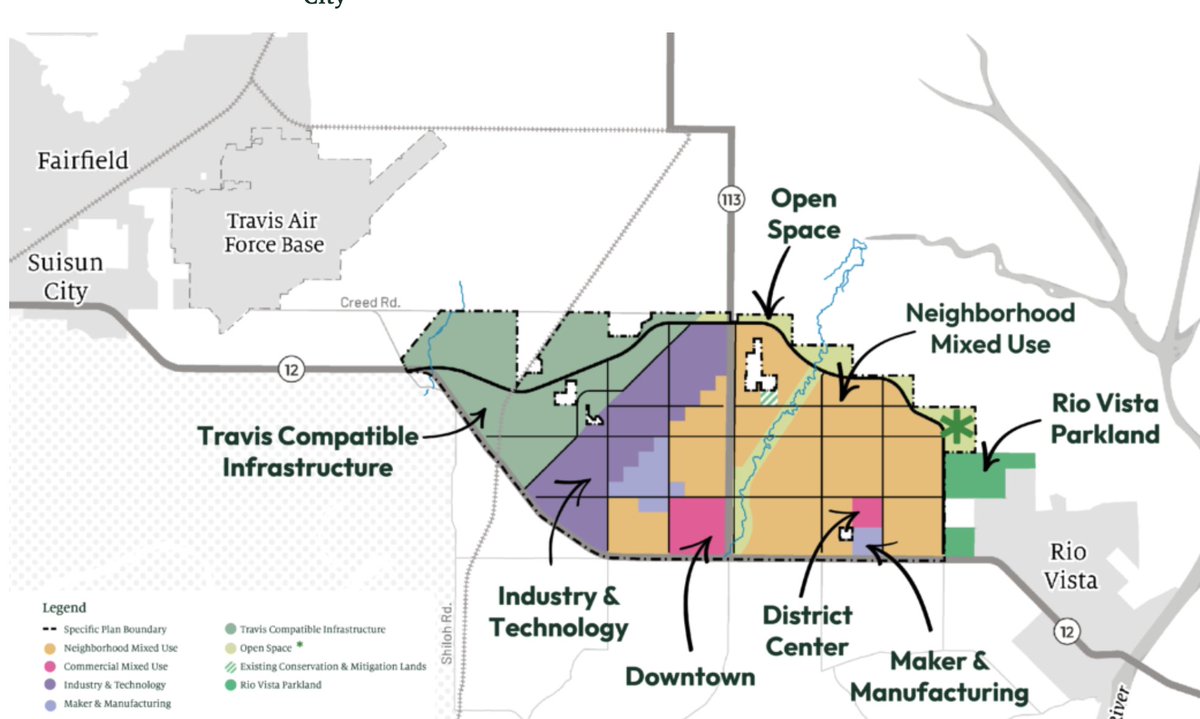
But SR-12 & SR-113 are 2-lane roads, and I assume that no additional lanes will be added until there's substantial population in the new city.
It may be tough to force the residents into the pay lanes once built. They'll have formed different expectations.
/19
It may be tough to force the residents into the pay lanes once built. They'll have formed different expectations.
/19
Concern #5: Permitting.
This is the big one.
The current plan is to formally annex the new city into Suisun City. This gets around the county's voter-approval requirement for building in unincorporated areas.
/20
This is the big one.
The current plan is to formally annex the new city into Suisun City. This gets around the county's voter-approval requirement for building in unincorporated areas.
/20
But many layers of approval are still needed: the LAFCO must approve the annexation, the county supes must agree to the revenue-sharing plan, the city must agree to the Development Agreement, Caltrans must agree to road interchanges, lights & widenings.
/21
/21
Each of these approvals is discretionary. Each triggers CEQA review and probably CEQA litigation. It's a recipe for years and years of delay, at best, or simply failure.
/22
/22
I think the Leg should consider creating an opt-in, "consolidated permitting" program for housing and industrial projects of statewide significance.
Similar to what CA and MA have both done for clean energy.
/22

Similar to what CA and MA have both done for clean energy.
/22
https://x.com/CSElmendorf/status/1861872843006591480

CEQA review would still be required, and the county and the LAFCO would still have their say, but a state agency or inter-agency commission under the Governor would make the final call.
/end
/end
@threadreaderapp unroll
• • •
Missing some Tweet in this thread? You can try to
force a refresh







